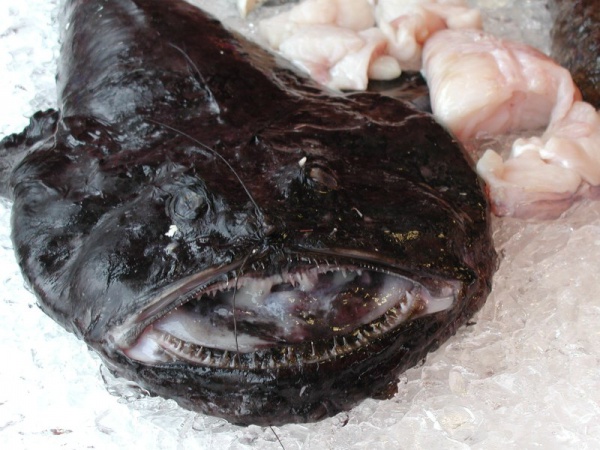Facts About Lophius
Monkfish, also known by names like fishing-frogs, frog-fish, and sea-devils, belong to the genus Lophius and can be found in the Atlantic and Indian Oceans. In the North Sea, fishermen refer to them as "monk" or "monkfish" a term also applied to the angelshark, Squatina squatina. The North European species is Lophius piscatorius, whereas Lophius budegassa is prevalent in the Mediterranean. This genus comprises seven extant species, along with a fossil species, Lophius brachysomus, discovered in Monte Bolca.
Monkfish are notable for their distinctive appearance, featuring large, flat heads, wide mouths, and fringed skin appendages. They have three long filaments on their heads that function as lures to attract prey. These fish possess an expandable stomach, which allows them to swallow prey whole. Reproduction involves laying a sheet of gelatinous material containing eggs into the sea, with the larvae being free-swimming and possessing elongated pelvic fins.
Monkfish species inhabit diverse environments, from the East Atlantic and Mediterranean to the coasts of China and Japan. The black and white anglerfish species are found in both shallow and deep waters, exhibiting only slight variations between them. However, there are growing concerns about the sustainability of monkfish fishing, particularly due to the detrimental effects of beam trawling on seafloor habitats. In response to these concerns, some retailers, such as Asda, have banned monkfish from their stores to encourage more sustainable fishing practices.

 Andorra
Andorra